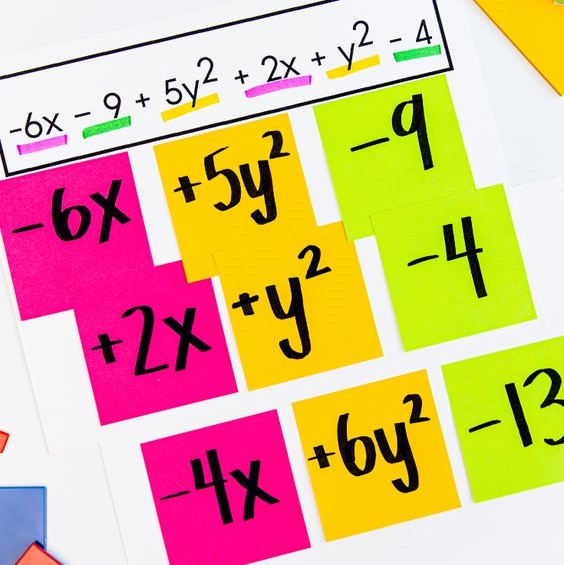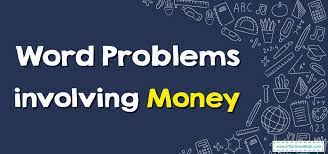Introduction:
Math can be a challenging subject for many middle-grade students. Teachers are constantly searching for effective and engaging ways to help their students grasp tough math concepts. In this article, we will explore expert ideas and strategies for teaching challenging mathematical concepts to middle schoolers.
1. Use real-world examples:
By connecting math concepts to real-life situations, students are more likely to understand and retain the information. Shape their learning experience by incorporating relevant examples, such as calculating discounts at a store or measuring ingredients while cooking.
2. Blend traditional methods with technology:
Incorporate digital tools and resources alongside traditional teaching methods to create a dynamic learning experience. The use of multimedia platforms, interactive whiteboards, and online educational games can make math more engaging and enjoyable for middle grade students.
3. Encourage collaboration:
Promote group work and peer discussions to help students learn from one another. By sharing ideas and solving problems together, students can deepen their understanding of complex math concepts.
4. Break down concepts into smaller parts:
Dividing a challenging idea into manageable pieces makes it easier for students to approach the topic. Teaching one aspect at a time ensures that each student has a firm grasp on the concept before moving on to the next level.
5. Use visual aids:
Illustrative materials such as charts, diagrams, and models can greatly help middle graders in grasping complex math concepts. By providing visual representations of abstract ideas, students can better understand the framework of the problem being presented.
6. Build on prior knowledge:
Link new concepts with previous lessons to reinforce learning among students. Connecting new information with what they already know helps them see how disparate concepts are related, ultimately aiding comprehension.
7. Provide hands-on experiences:
Engage learners with tactile activities that will enable them to experience mathematical ideas in action. This might include building geometric models or using manipulatives like fraction tiles or integer rods.
8. Differentiate instruction:
Recognize that each student has different learning styles and preferences. Offer various methods of instruction, such as lectures, hands-on activities, and independent work, to cater to each student’s unique needs.
9. Foster a growth mindset:
Encourage students to view challenges as opportunities for growth. Teach them that persistence and resilience in the face of difficulty are essential qualities for success in mathematics and beyond.
10. Offer frequent feedback:
Provide regular feedback and tailored guidance to help students understand their strengths and areas for improvement. By pinpointing areas that require additional focus, teachers can foster continued growth and development in their students’ mathematical skills.
Conclusion:
Implementing these expert ideas will not only make teaching tough math concepts easier but also more enjoyable for middle-grade students. By utilizing engaging strategies alongside traditional methods, teachers can positively impact their pupils’ understanding of challenging mathematical concepts, setting them up for success both inside and outside of the classroom.











